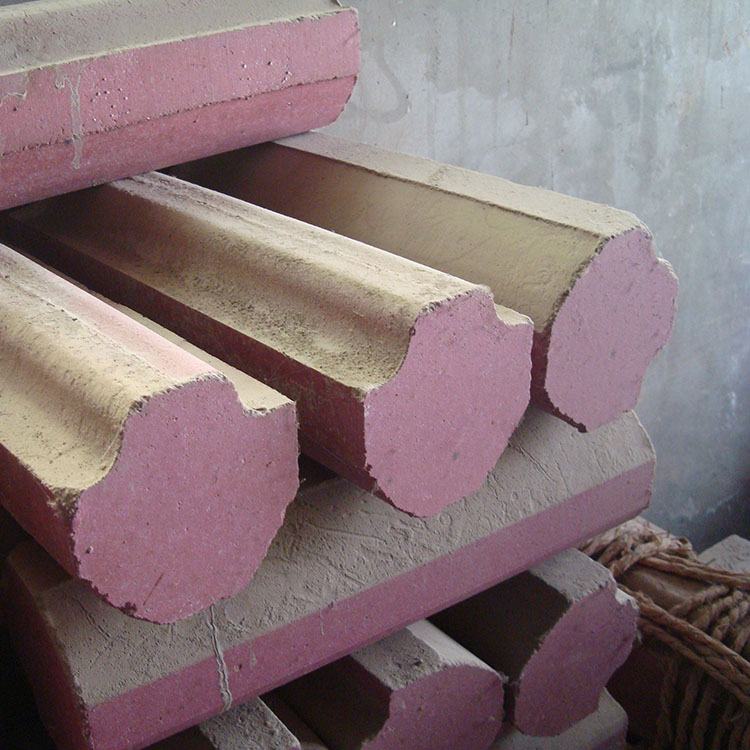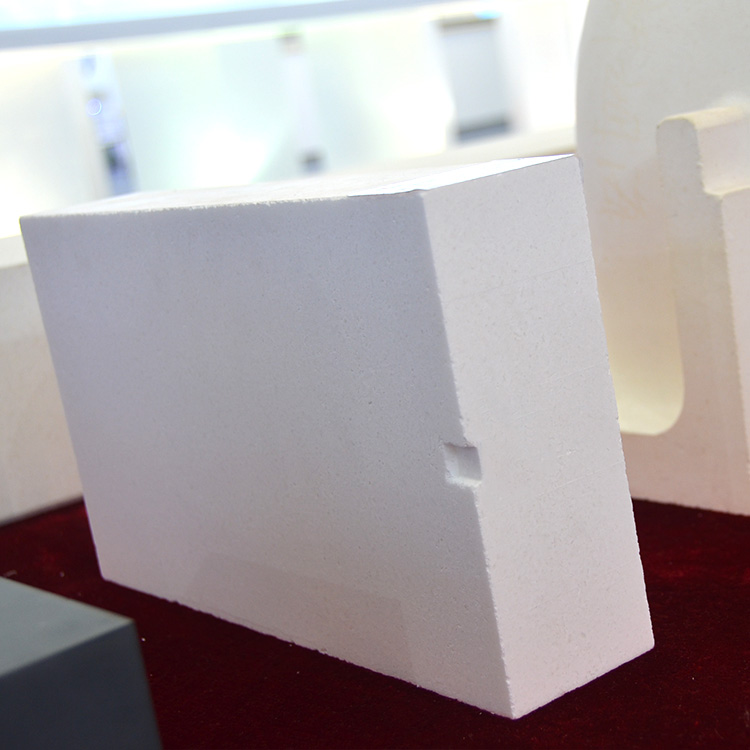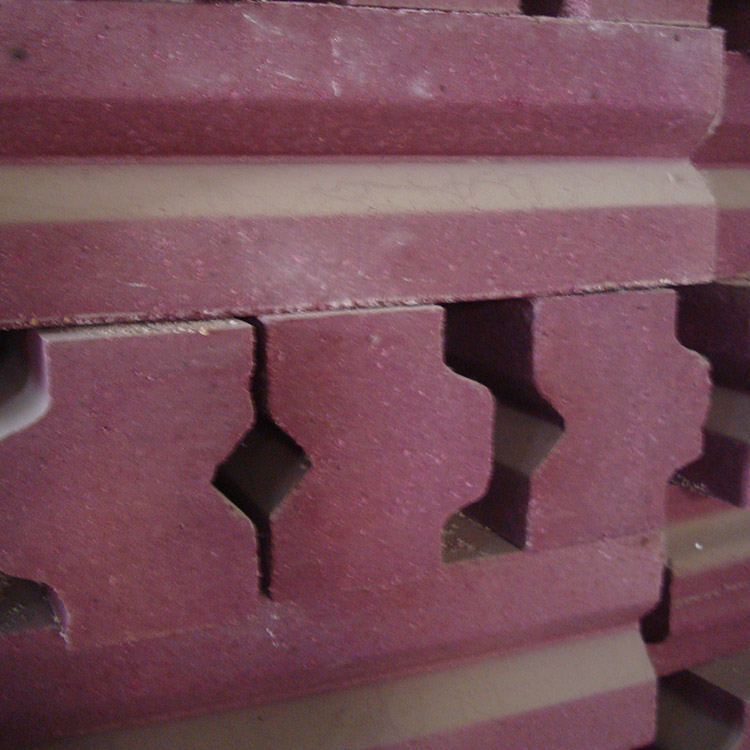
Composite corundum-mullite trays are pivotal components in the sintering of magnetic materials, tasked with enduring extreme conditions inside high-temperature reduction atmosphere kilns. However, one persistent challenge compromising both tray longevity and sintered product quality is thermal stress cracking. This article probes the root causes of such cracks and presents ramp rate control strategies, combining theory and practical insights, to enhance process stability and asset reliability.
During sintering, composite corundum-mullite trays are subjected to rapid temperature fluctuations up to 1600°C, often under reducing atmospheres like hydrogen or forming gas to preserve magnetic properties. The mismatch in thermal expansion coefficients between corundum (α ~ 8.1 x 10-6/°C) and mullite (α ~ 5.5 x 10-6/°C), combined with uneven temperature gradients through the tray’s thickness, induces internal stresses exceeding the fracture toughness of the material. Typical surface microcracks initiate from tensile stresses on the hotter side, propagating under cyclic thermal loading.
Industry data indicates that uncontrolled ramp rates exceeding 10°C/min during critical temperature ranges (400–800°C) elevate thermal stress intensity factors, increasing crack initiation likelihood by up to 35%. Additionally, metallic contamination on the tray surface exacerbates crack propagation due to localized weakening and differential oxidation kinetics.

The temperature ramp rate during sintering directly influences the thermal stress profile. Experimental studies reveal that maintaining a uniform ramp rate of 5–8°C/min minimizes thermal gradients, effectively reducing stress concentrations. Notably, in the critical sintering zone (600–1000°C), slowing the ramp to 3–5°C/min allows internal stress relaxation through creep mechanisms without excessively compromising production throughput.
Parallel to ramp rate optimization, stable atmosphere control—keeping oxygen partial pressures below 10-15 atm—prevents surface oxidation that otherwise promotes crack initiation sites. Implementing precise gas flow and humidity regulation enhances tray surface longevity, reducing premature failures by nearly 20% over six-month operational periods.
| Parameter | Recommended Value | Impact on Tray Performance |
|---|---|---|
| Ramp Rate (Ambient to 400°C) | 8–10°C/min | Minimizes thermal gradient shock |
| Ramp Rate (400°C to 1000°C) | 3–5°C/min | Enhances microstructural stress relaxation |
| Oxygen Partial Pressure | ≤ 10-15 atm | Prevents surface oxidation and contamination |

Metal contamination, often introduced via raw materials or kiln environment, forms nucleation sites for microcracks under thermal cycling. Techniques such as implementing clean-room loading environments, periodic tray surface passivation, and utilizing corrosion-resistant coatings can reduce contamination incidence by up to 40%.
The oxidation phenomenon on the tray surface alters thermal conductivity and mechanical properties heterogeneously, accelerating crack propagation. Preventative measures involve maintaining reducing atmospheres throughout critical temperature ranges and using real-time oxygen sensors for continuous monitoring.

The synergy of these metallurgical and process controls supports extended tray lifespan, facilitating uninterrupted magnetic material sintering cycles and enhancing final product uniformity. Integration of industrial IoT sensors and adaptive control units is recommended for precision management.

